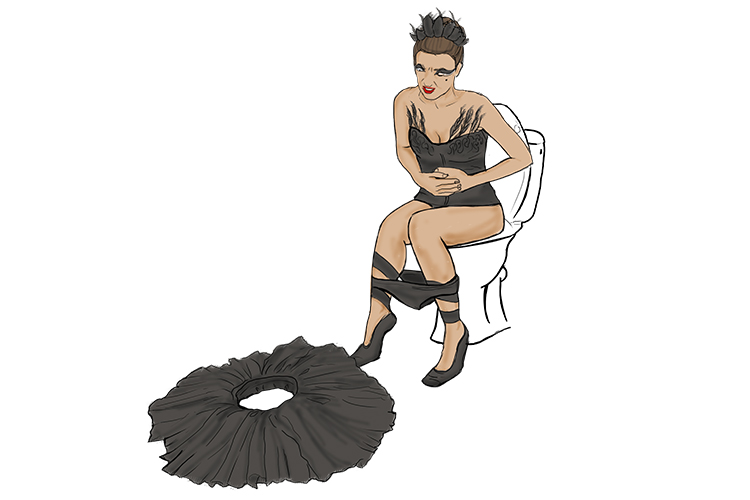The characteristics of living things
Living things (organisms) must be able to perform SEVEN vital activities – and it is these activities that make them different from non-living things. The activities are:
Movement
Respiration
Nutrition
Sensitivity
Reproduction
Growth
Excretion
The following story should help you remember the seven activities living organisms must be able to perform:
Living things
A well-off couple decided to arrange ballet lessons for their young daughter every week in the living room (living things) of their elegant home. For music to accompany her dancing, they hit on the idea of . . .
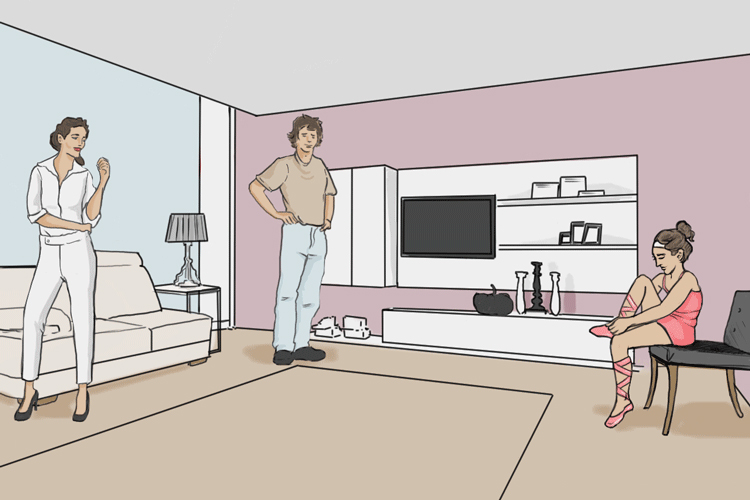
Living things are organisms
. . . a self-playing organ that rose out of the floor at the press of a button.
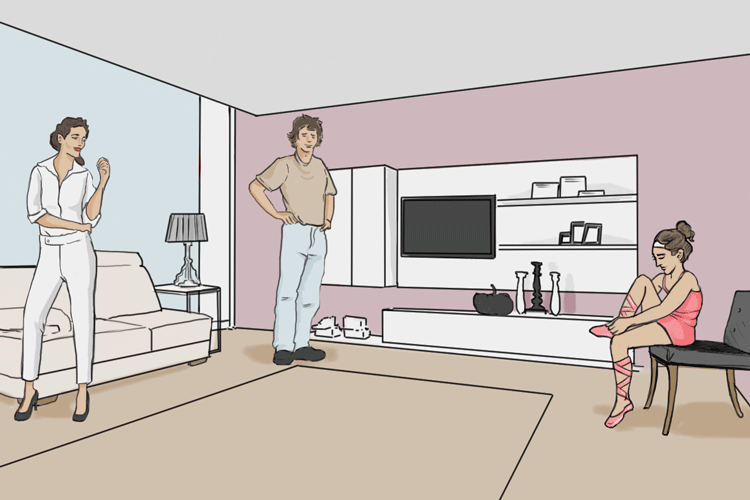
With the organ risen (organism) all was set for the first lesson in the living room(living things).
Organisms are defined by Movement (1 of 7)
The ballet teacher they appointed was Mrs Gren (see end of story). She taught the girl to move (movement) correctly as a ballet dancer.
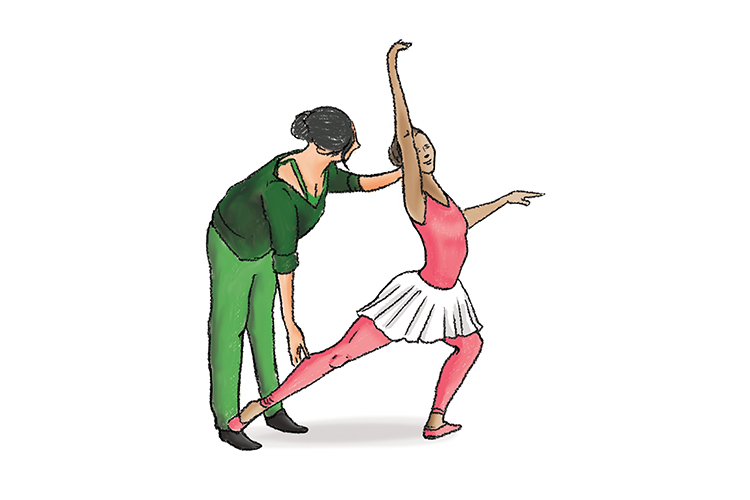
Organisms are defined by Respiration (2 of 7)
At the end of the first few sessions, the girl was completely exhausted, reduced to crawling and breathing heavily (respiration).
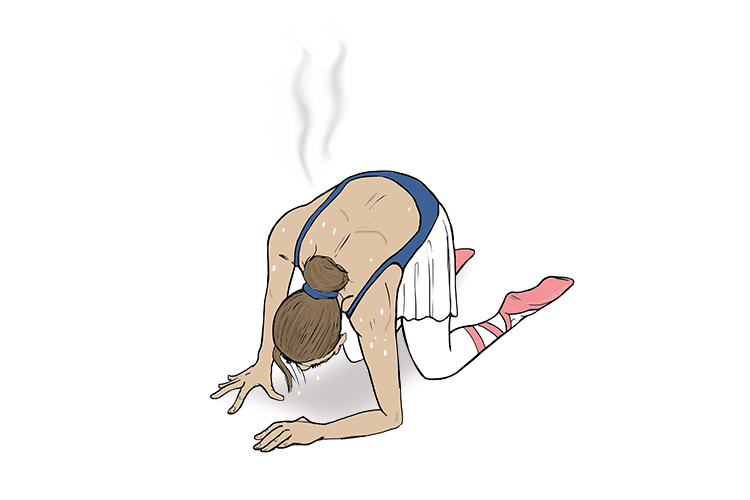
(Be really careful here because in medicine, respiration means a single breath but here in biology respiration uses glucose to create energy. We are using the medical term for this mnemonic).
NOTE:
When this is taught in a classroom it would be important to stop here and summarise what you have learnt so far:
- Living things are organisms
- Organisms are defined by movement
- Organisms are defined by respiration
Organisms are defined by Nutrition (3 of 7)
They soon found that a few breaks for nutrition (nutrition) – milk and cookies – during each session solved the problem of her becoming exhausted.
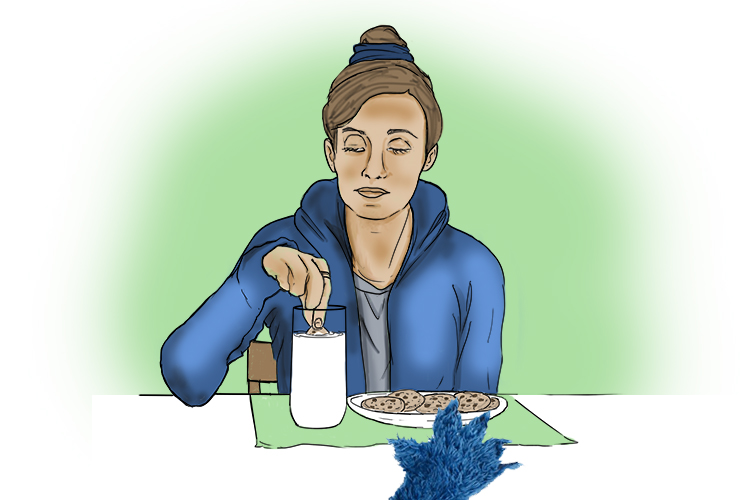
Organisms are defined by Sensitivity (4 of 7)
But as each session lasted three hours, she found she often had blisters and her feet were rather sensitive (sensitivity) because of this. However, with time, the blisters went away.
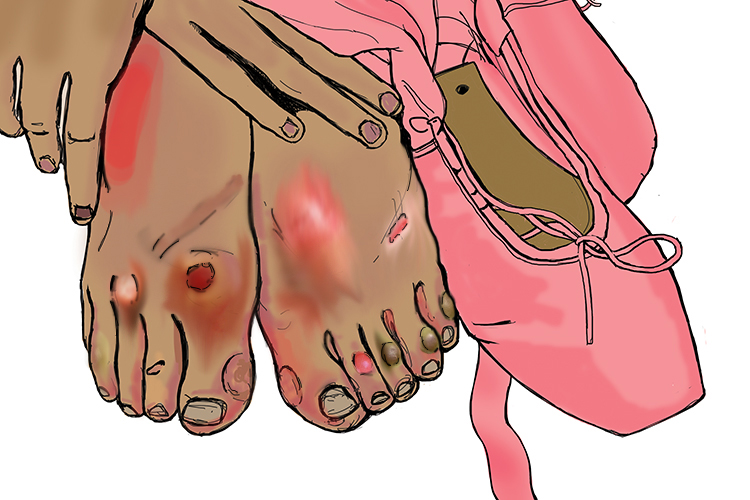
Organisms are defined by Reproduction (5 of 7)
Her mum and dad had several more children (reproduction), all boys, as time went on, but she was the only one who did ballet in the living room. Her brothers were only interested in playing football.
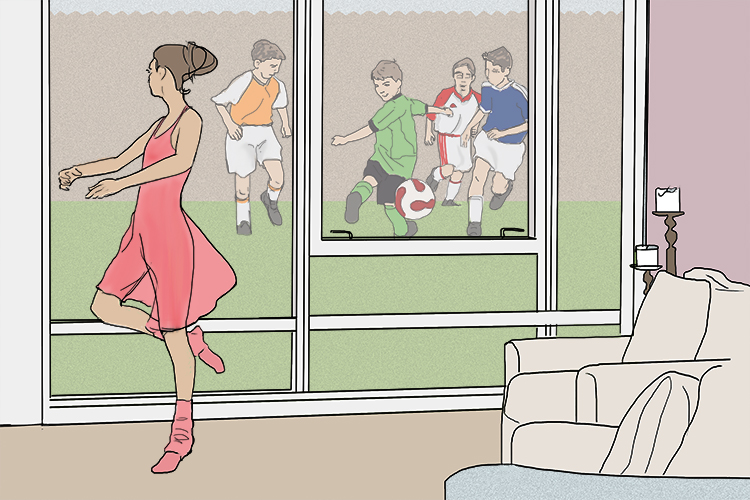
Organisms are defined by Growth (6 of 7)
As she grew up (growth) the girl continued her ballet lessons with Mrs Gren, and became good enough to perform her first ballet.
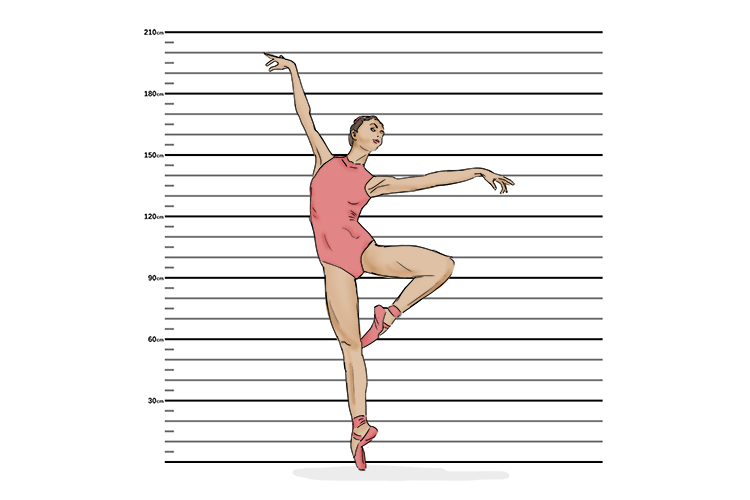
Organisms are defined by Excretion (7 of 7)
But at the start of the performance, with a capacity crowd waiting, she could not be found . . . (excretion).
